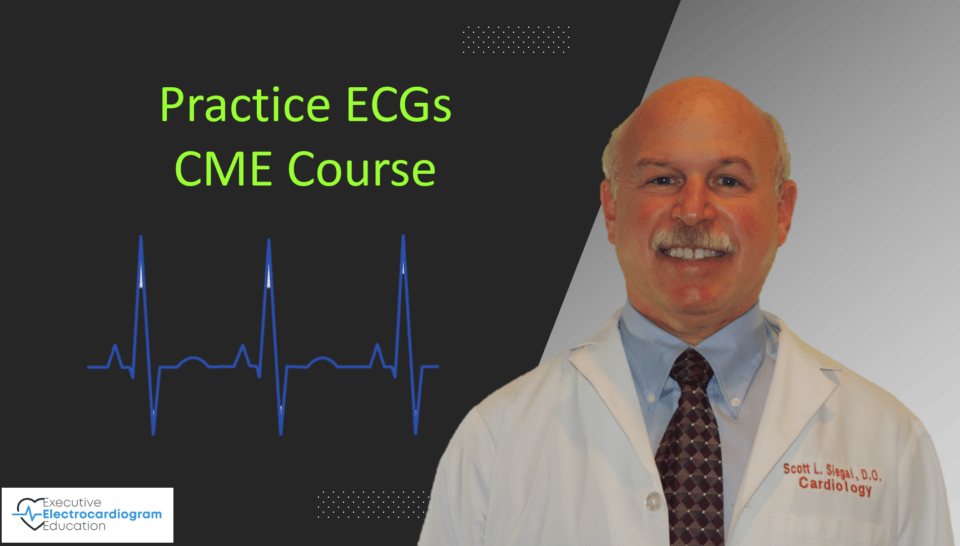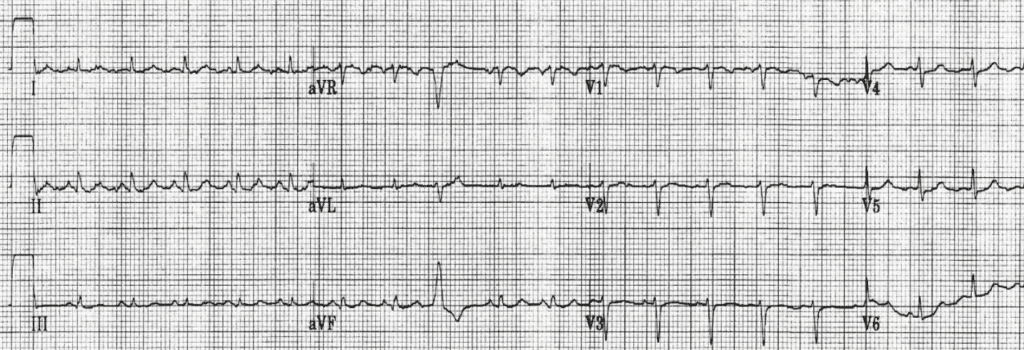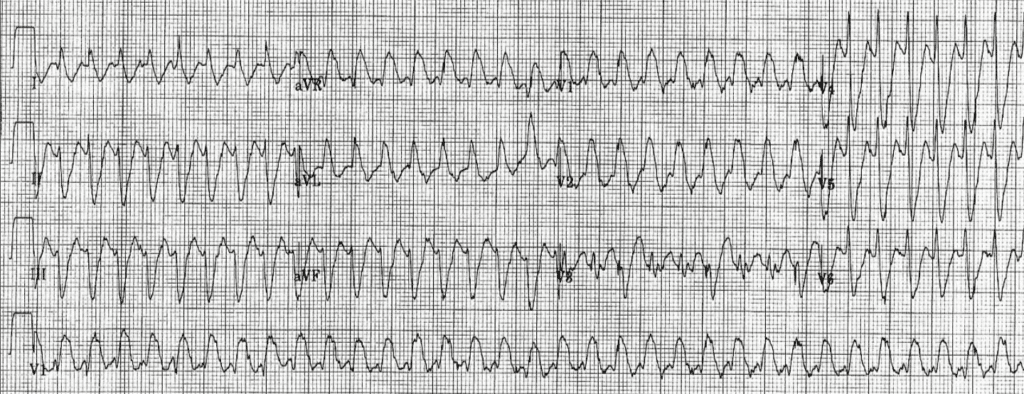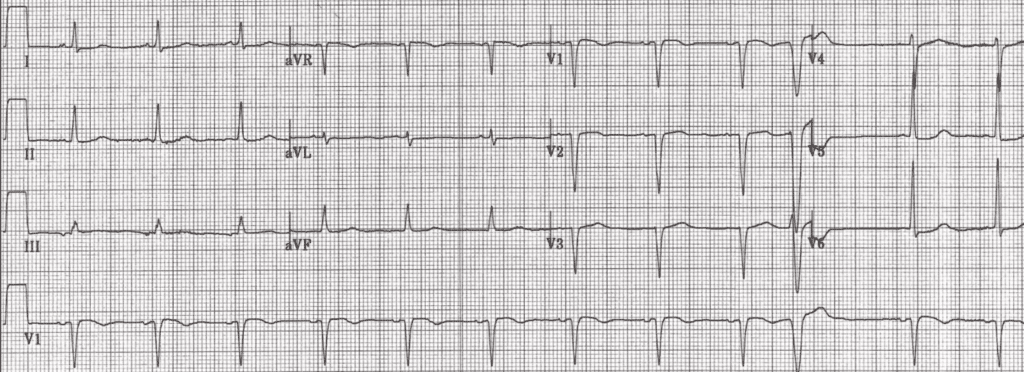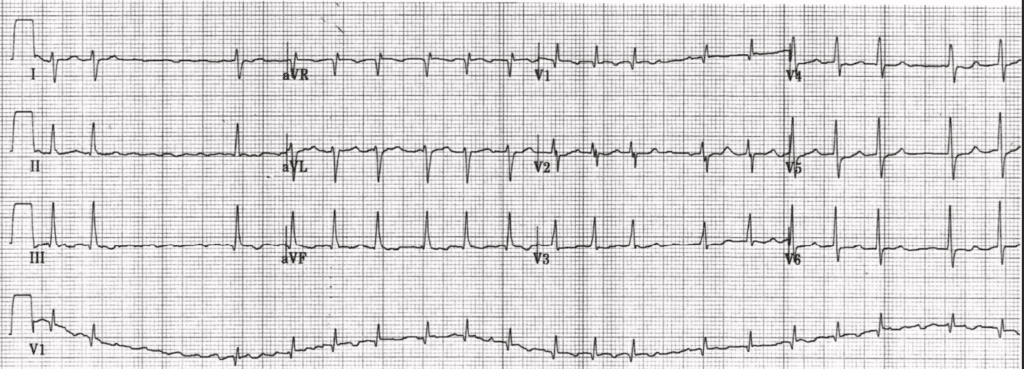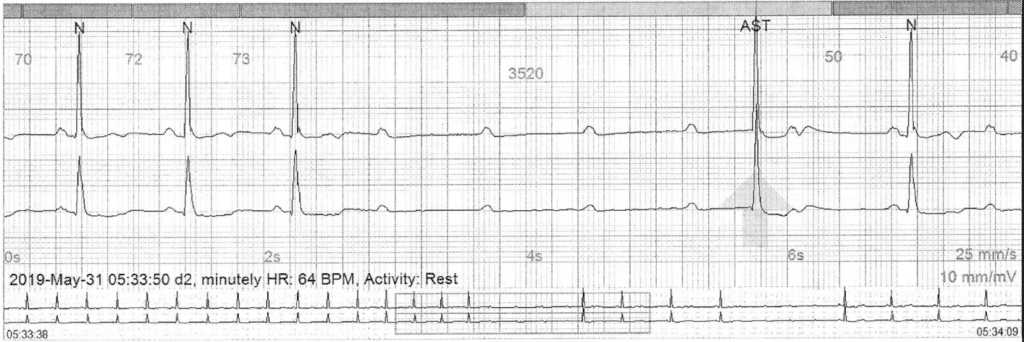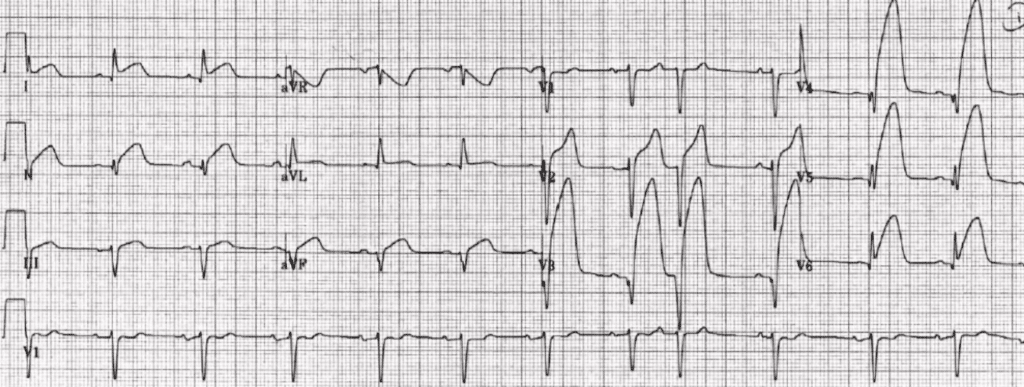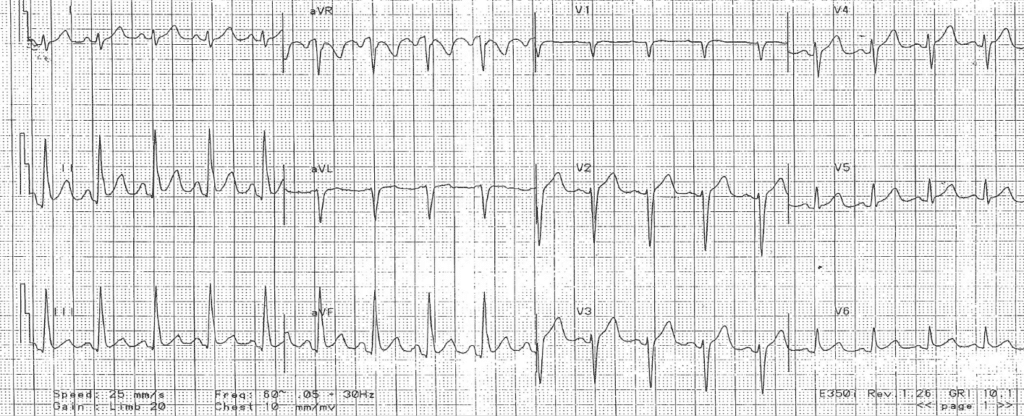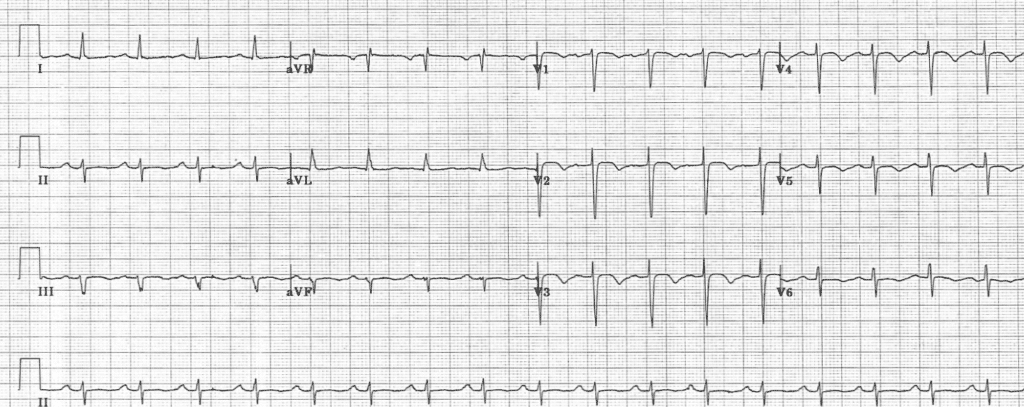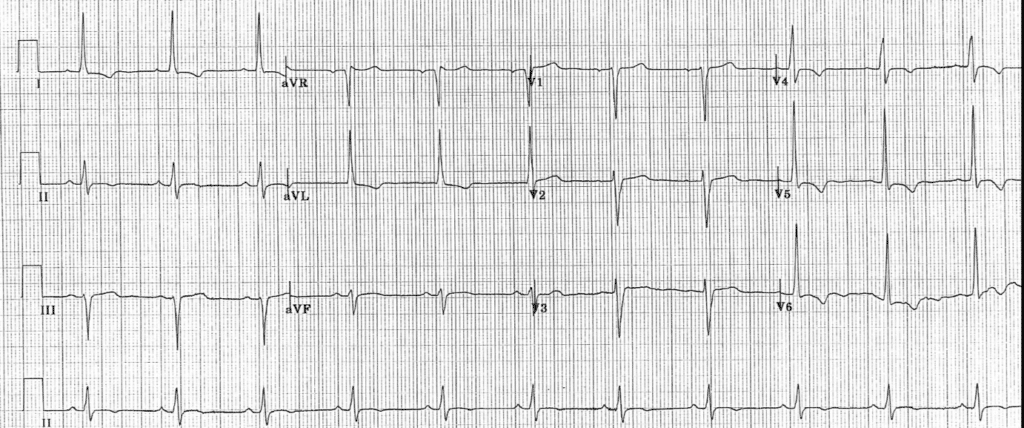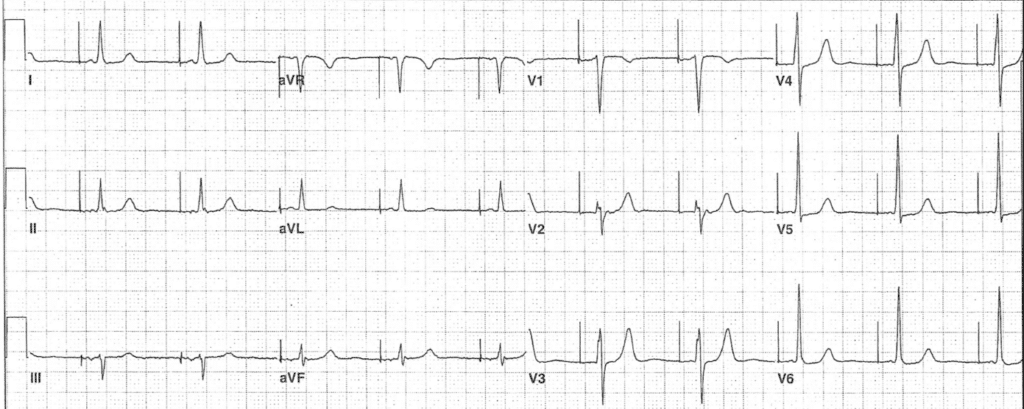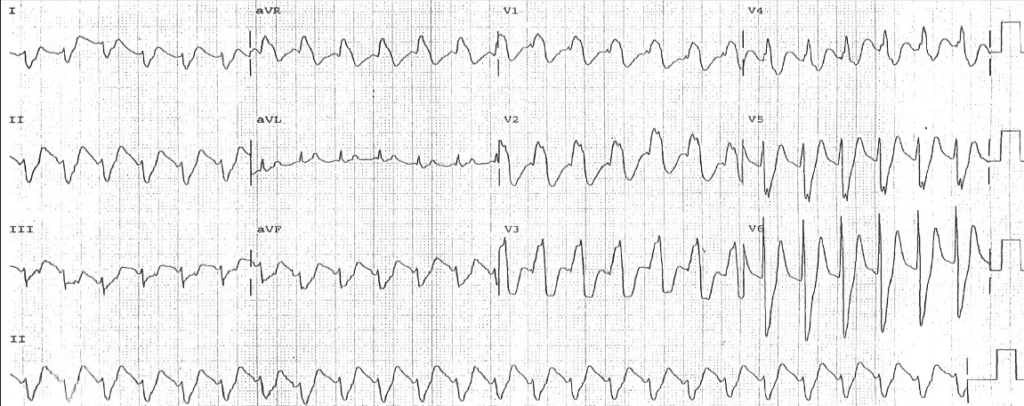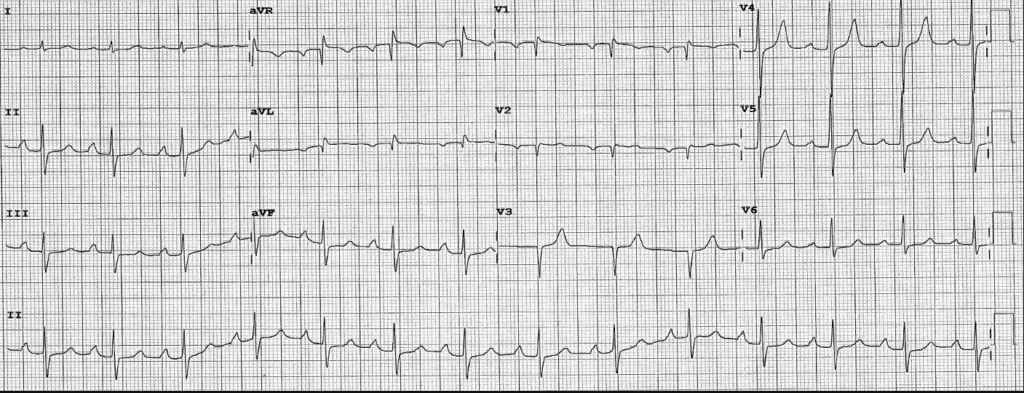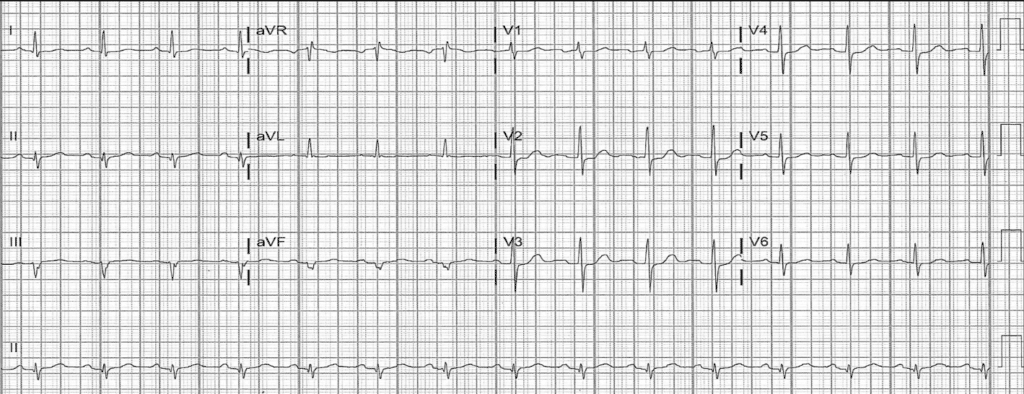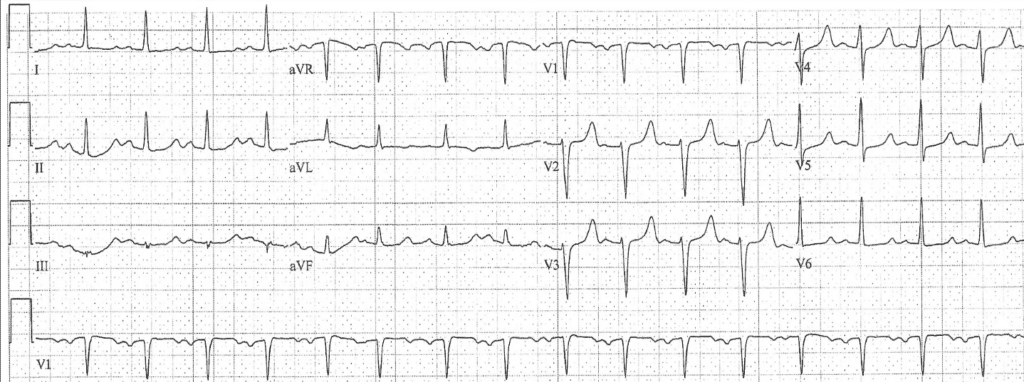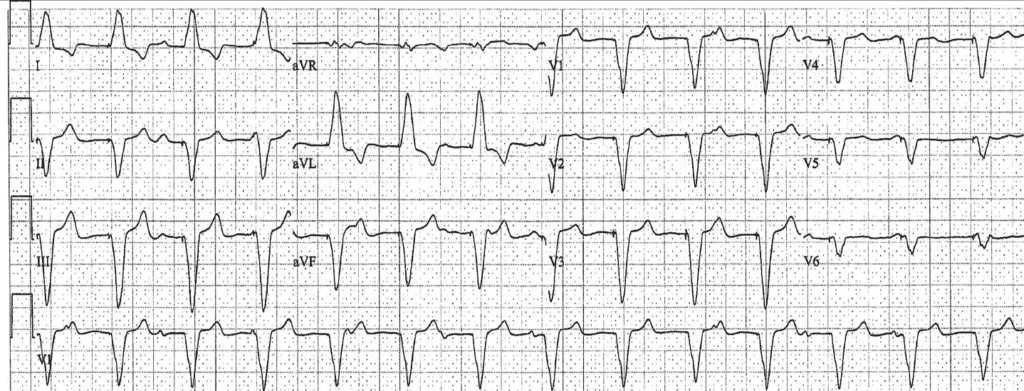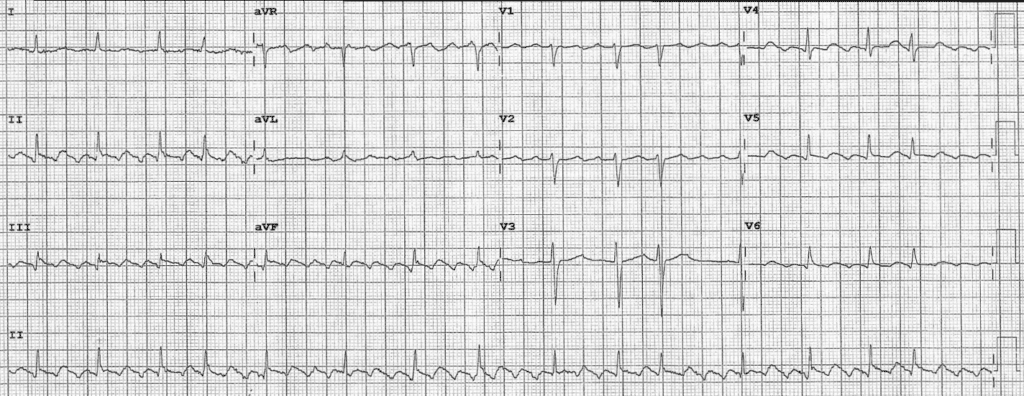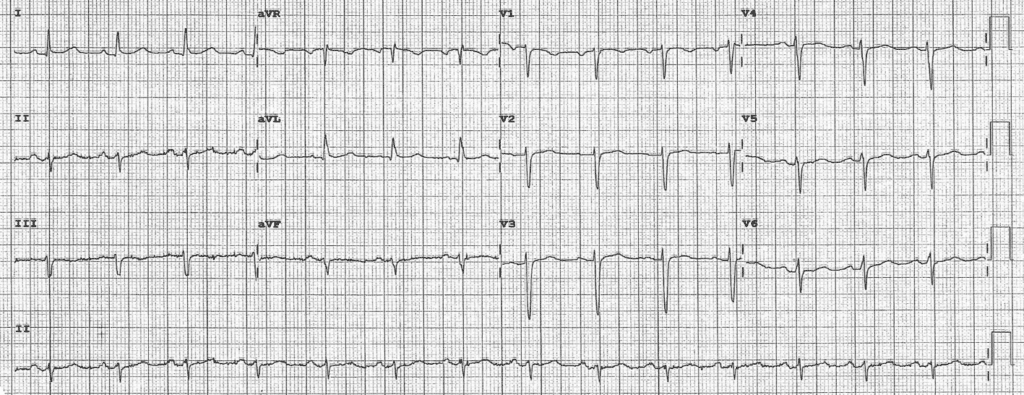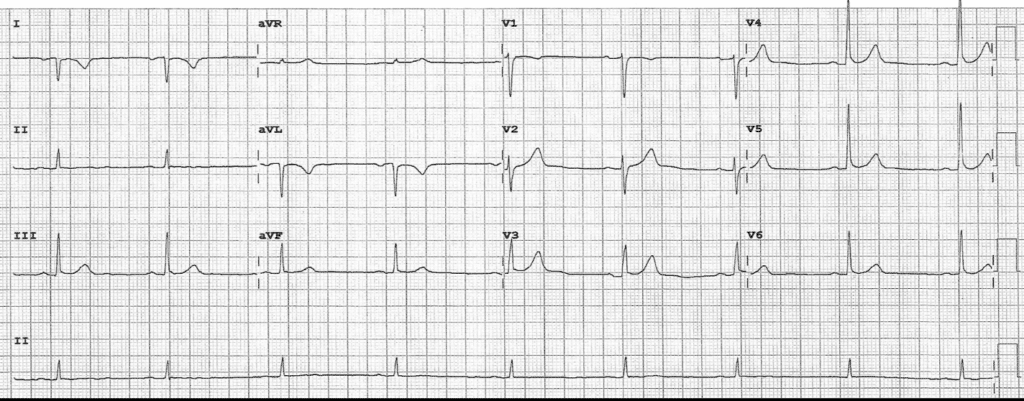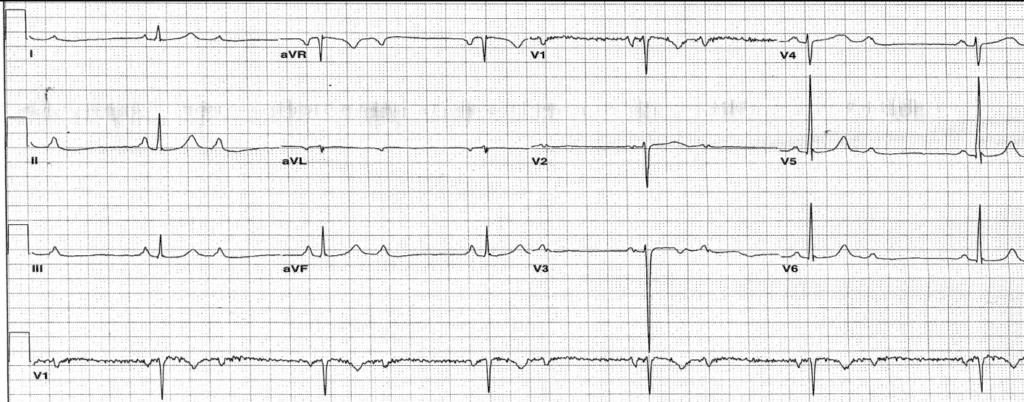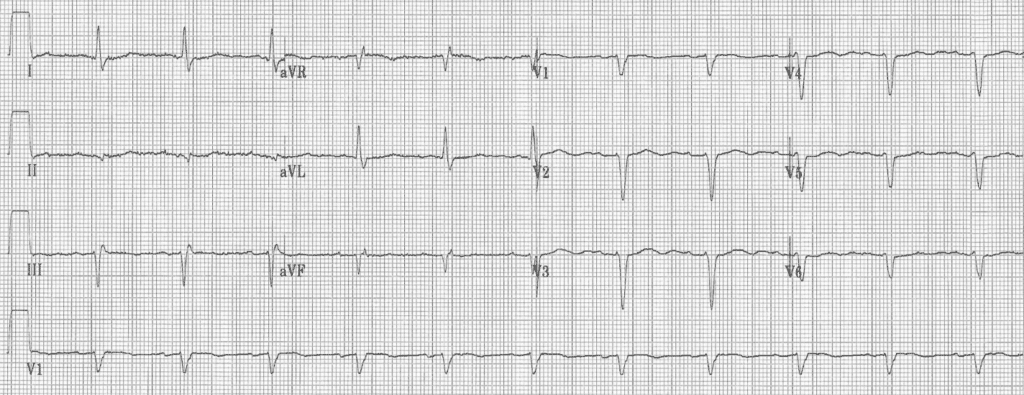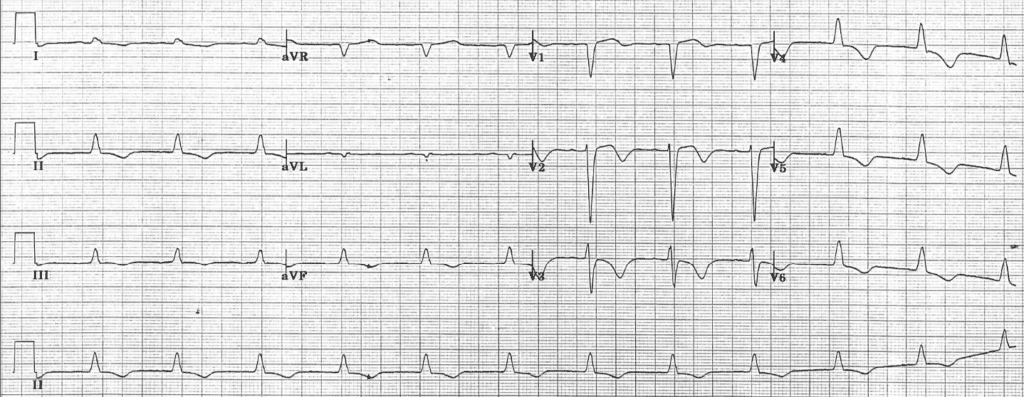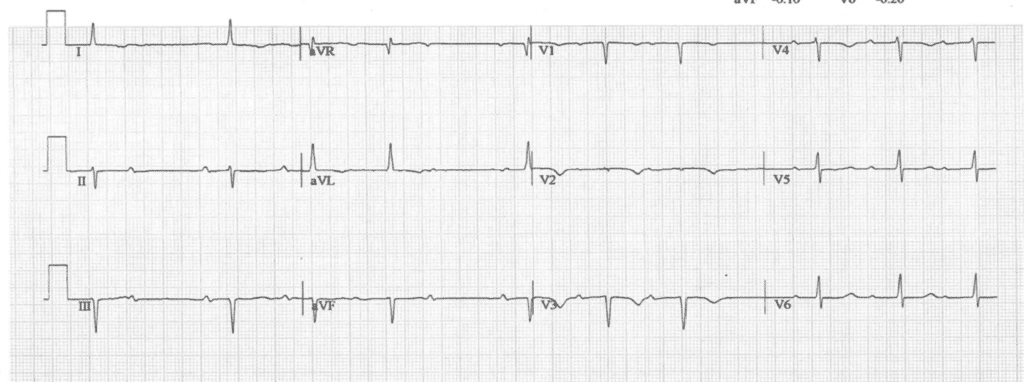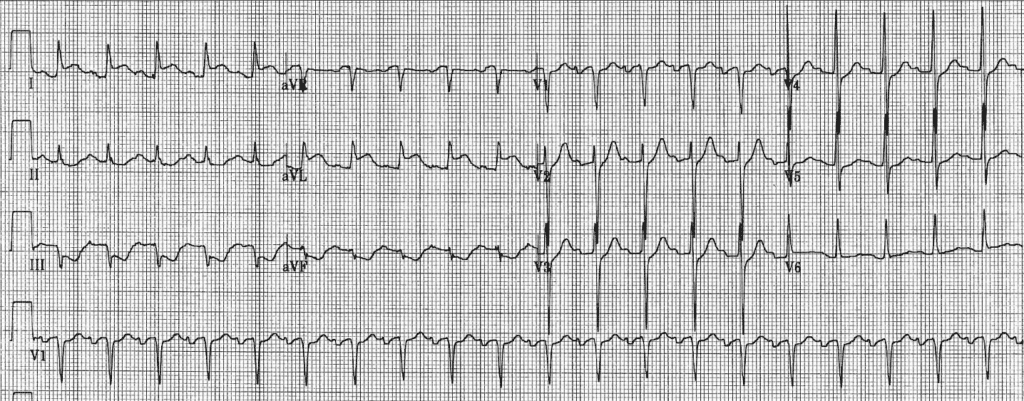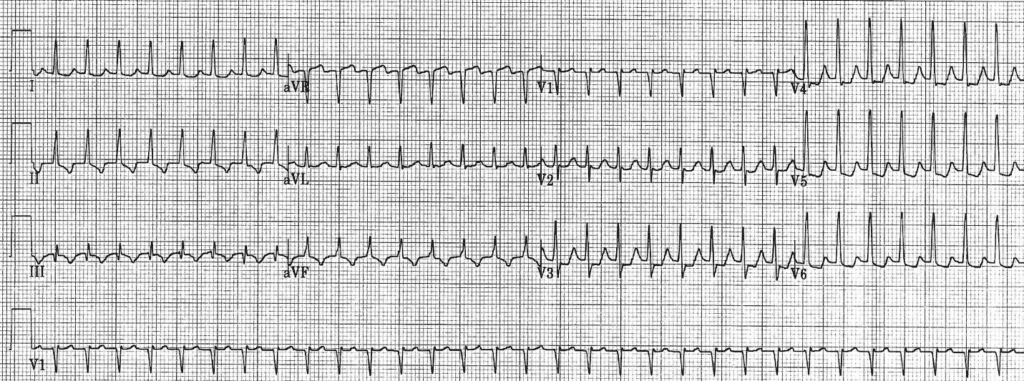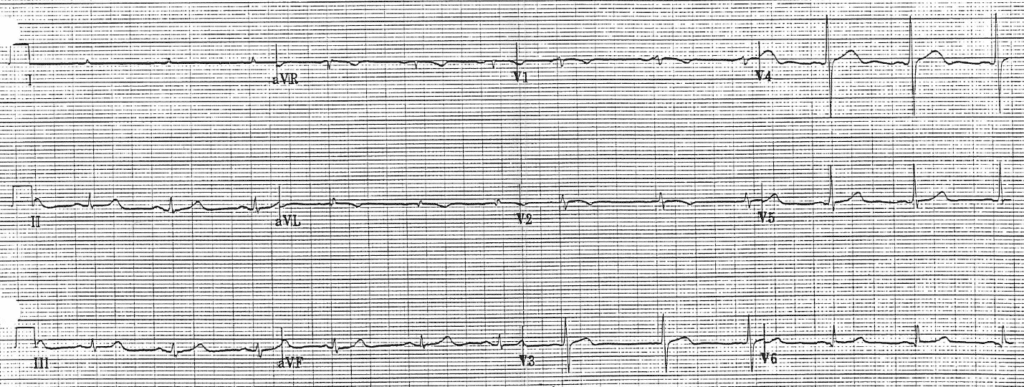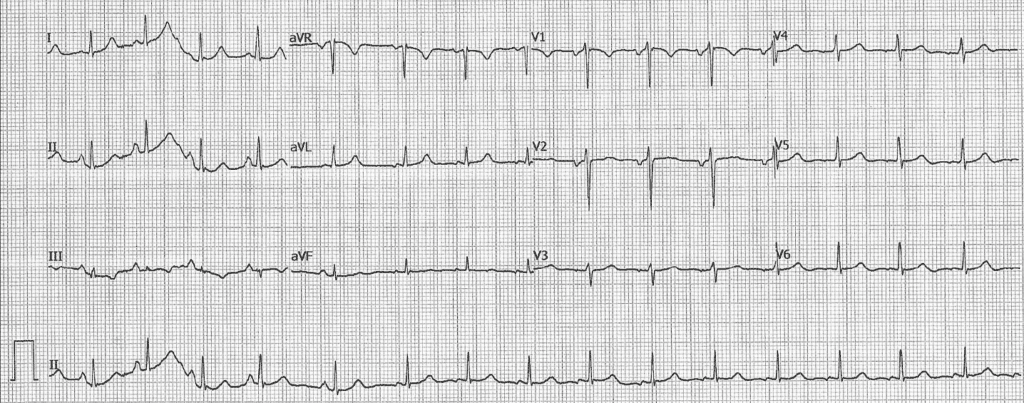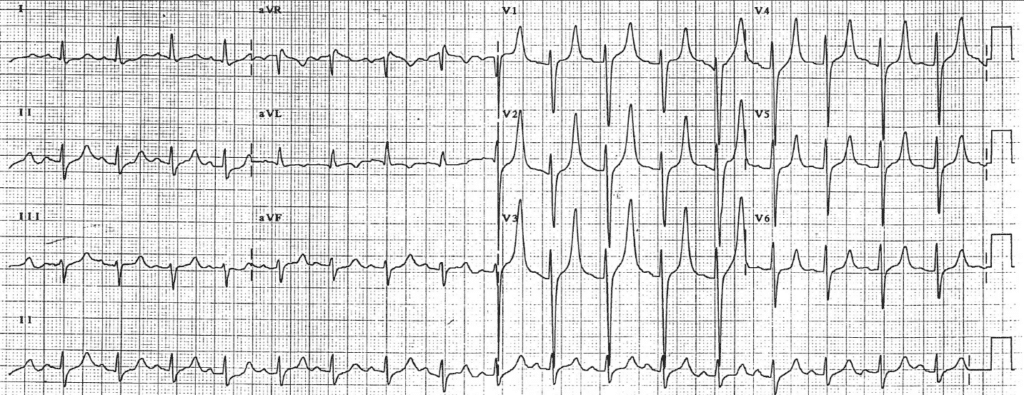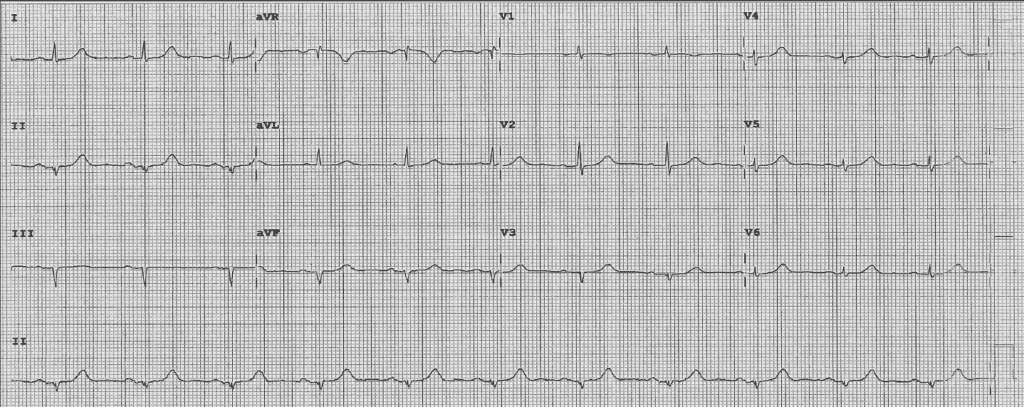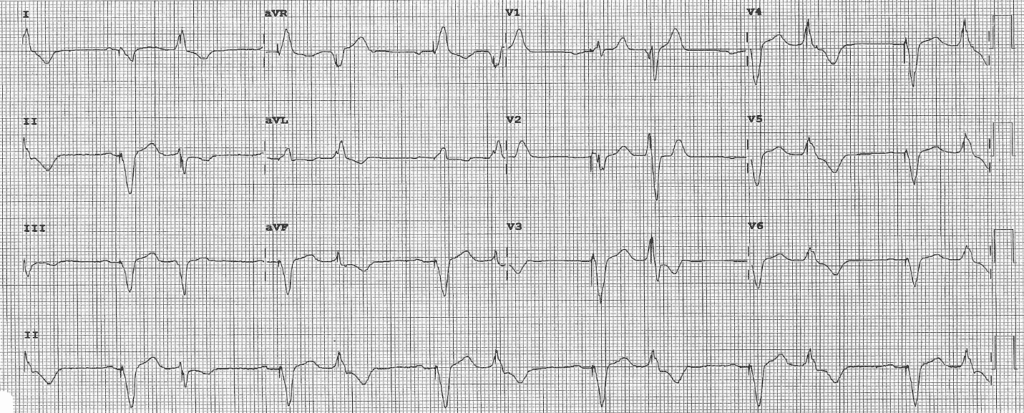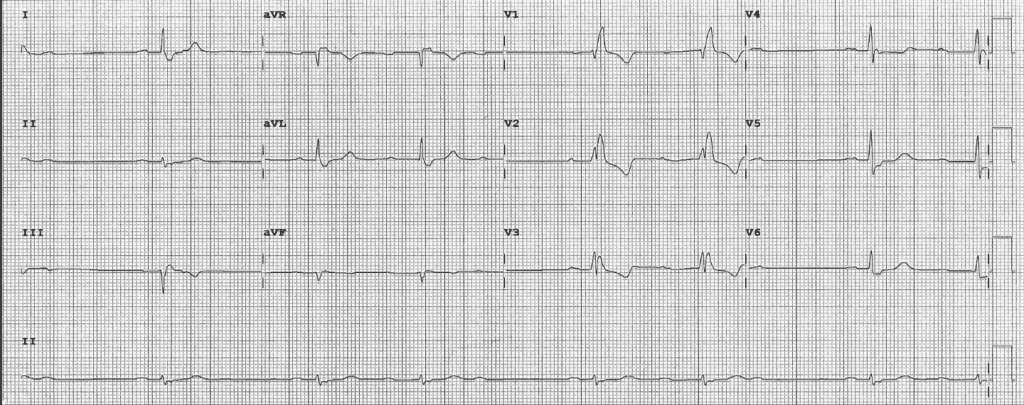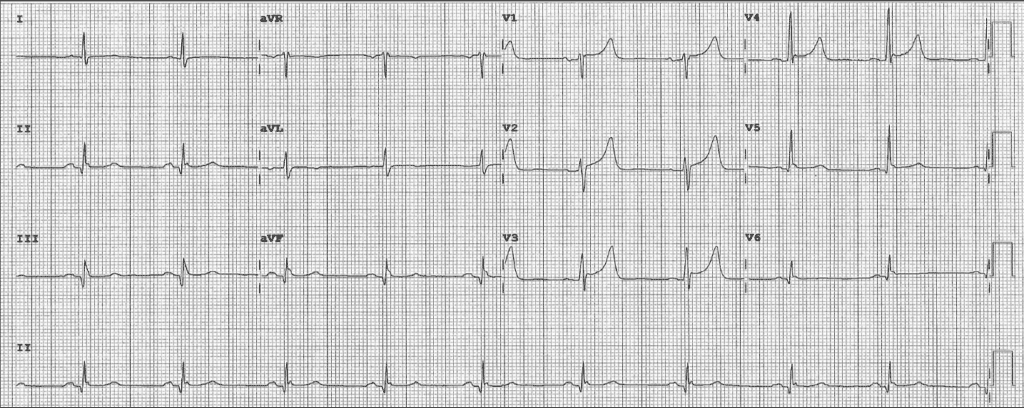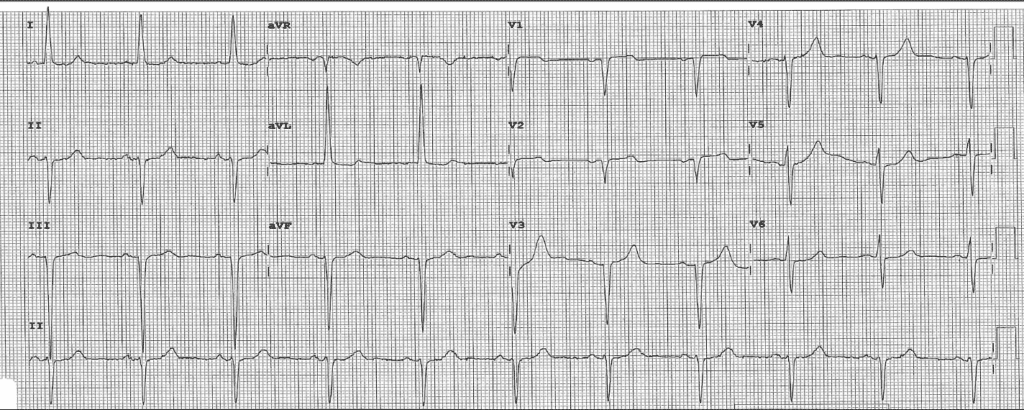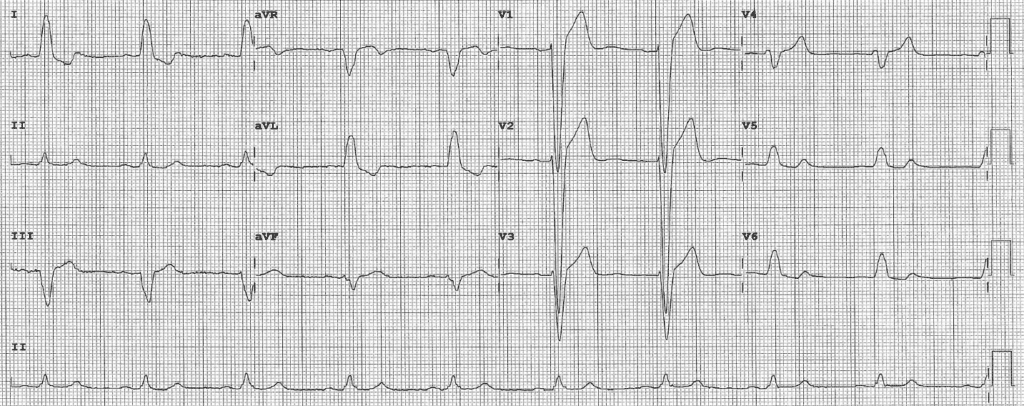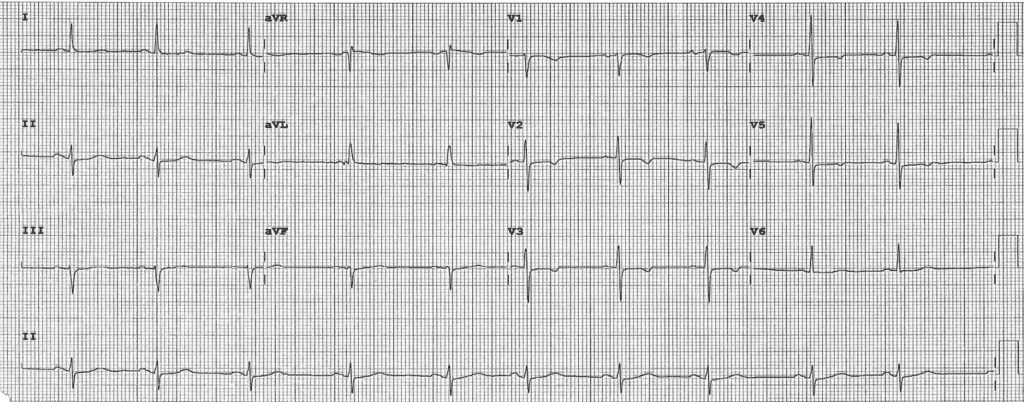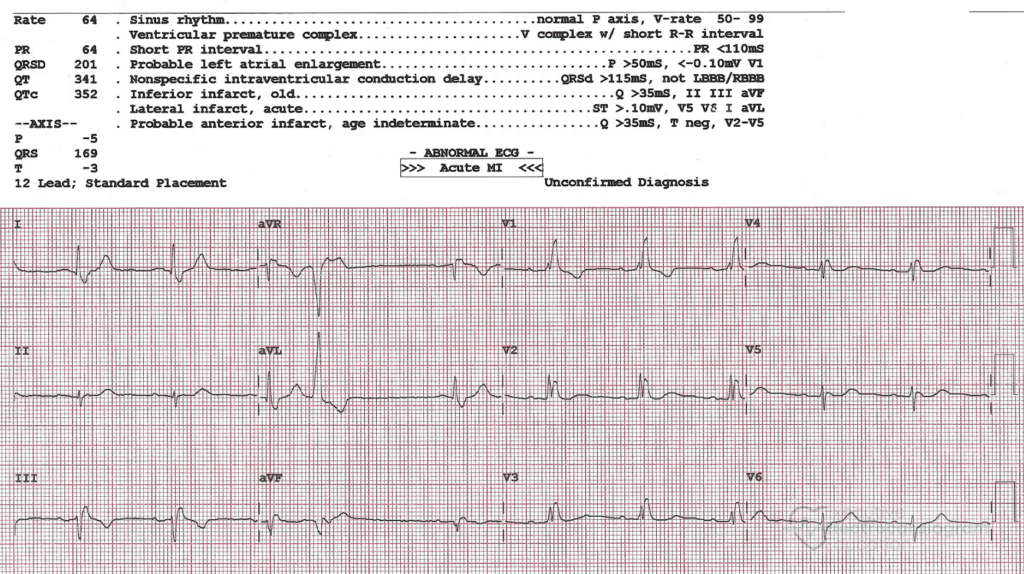Scott L. Siegal, D.O., FACOI
Biography
Dr. Siegal is a board-certified cardiologist with a passion for medical education. He has been practicing cardiology and teaching medicine for over 20 years. Dr. Siegal has always had an interest in electrocardiography and echocardiography. He has instructed in ECG and Echo interpretation to many residency programs and cardiology fellowships throughout the United States. He held University appointments including assistant professor and associate professor at several medical schools and was the assistant director of a cardiology fellowship program. Dr. Siegal has received many accolades for teaching and has worked in educating medical students, residents, fellows, physician extenders, nurses, and colleagues. He spends much time trying to stay on the cutting edge of cardiology, and cardiac imaging. Dr. Siegal has studied and practiced medicine across the United States.
He received his undergraduate degree in Boston, MA, attended medical school in Kansas City, MO, focused his internship and residency all around Detroit, MI, but also did rotations in California, Arizona, Colorado, and Missouri. He has received board certifications in Internal Medicine, Cardiology, Echocardiography, and Nuclear Cardiology. He has also practiced in Missouri, Texas, Colorado, and New Jersey. Dr. Siegal has had the distinguished honor to study under and practice with a multitude of practitioners from all over the country. These experiences have given Dr. Siegal a unique and varied perspective on medicine. Currently, Dr. Siegal practices cardiology in Southern New Jersey, devotes much time to medical education, and consults organizations and individuals about physician burnout.
Undergraduate
Boston Universtiy, Cum Laude, Boston, MA
Medical School
University of Medicine and Biosciences, Kansas City, MO
Internship & Residency
Consortium of Graduate Medical Education and Training (COGMET), Detroit, MI
Fellowship
Deborah Heart & Lung Center, Browns Mills, NJ and The Delaware Valley Medical Center, Langhorne, PA
Board Certifications
Internal Medicine, Cardiology, Echocardiography and Nuclear Cardiology.
Disclosures
Scott L. Siegal, D.O., FACOI is the sole planner and faculty for this course and has no relevant financial or nonfinancial relationships with ineligible entities to disclose.

